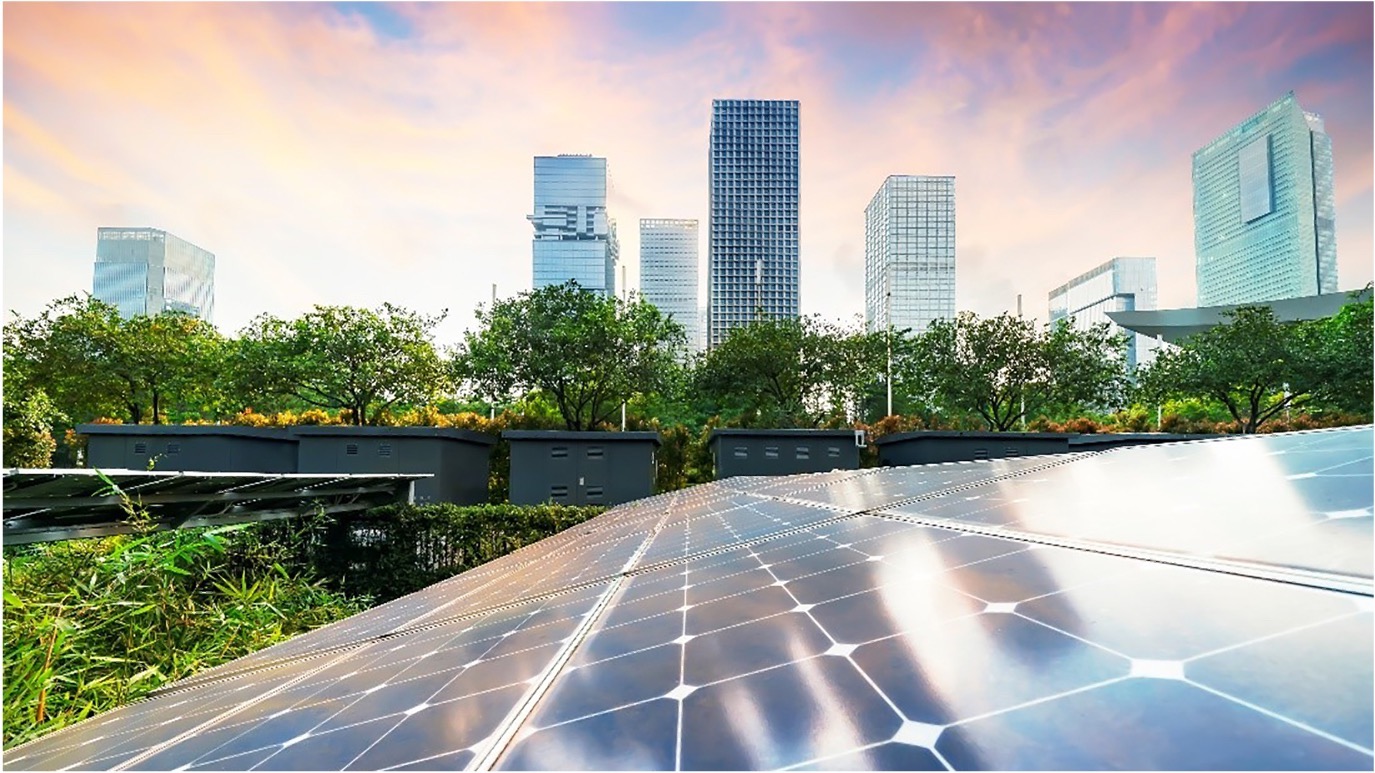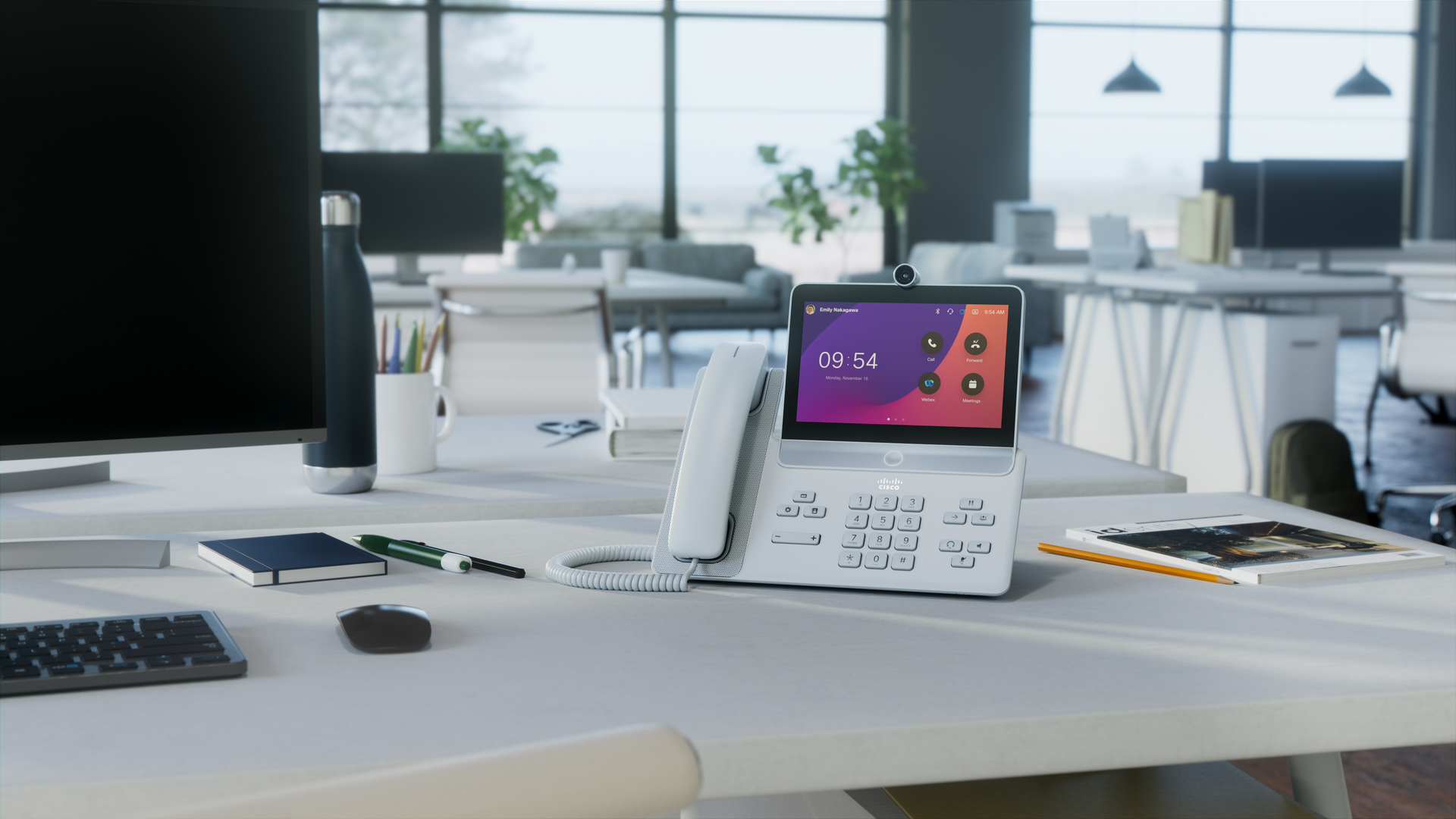| | | | | | | Presented By NYSE | | | | Axios What's Next | | By Joann Muller, Jennifer A. Kingson and Alex Fitzpatrick · Jun 13, 2022 | | Joann's "make Alex jealous" tour continues today with a (simulated) ride in a next-gen lunar rover. What's next, Mets fantasy camp? Today's Smart Brevity count: 1,127 words ... 4 minutes. | | | | | | 1 big thing: Drive me to the moon |  | | | GM engineers used a simulator to imagine driving on the moon. Photo courtesy of GM | | | | Joann Muller here. Last week, I hit the biggest pothole I'd ever seen — a crater on the surface of the moon — while driving General Motors' new lunar vehicle in a simulator at the company's research center in Warren, Michigan. Why it matters: The next-generation rover, a joint effort between GM and Lockheed Martin, is the first lunar vehicle developed for long-term, recurring use. - With its Artemis missions, NASA wants to create a sustainable presence on the moon, so a few dozen lunar pickup trucks may come in handy as the agency starts to build the necessary infrastructure.
- Plus, by pushing its electric and autonomous technology to new extremes on the moon, GM hopes to improve the cars it sells here on Earth.
The intrigue: The two companies are building the rover — called the Lunar Mobility Vehicle, or LMV — on spec, without a NASA contract. But it's likely they'll seek one eventually. - Their goal is to launch the first autonomous vehicle on the moon by 2025 — before Artemis astronauts arrive — so they can begin collecting valuable information about the lunar surface.
- The companies are betting that the growing commercialization of space will create additional opportunities outside of NASA.
- The goal is for vehicles to last at least 10 years on the moon, Derek Hodgins, Lockheed's director of product strategy and sales for lunar infrastructure services, tells Axios.
Other companies are working on lunar rovers too, including Nissan, Northrop Grumman and Astrolab, a startup launched by former SpaceX engineers. Details: The lunar vehicle shares the same Ultium battery technology underpinning GM's new lineup of electric vehicles, like the GMC Hummer EV and Cadillac Lyriq. - And its autonomous driving capability comes from GM's self-driving car unit, Cruise, which just won a robotaxi license in San Francisco.
The moon's extreme environmental conditions and unique physics present enormous engineering and design challenges. - The vehicle's batteries need to withstand a nearly 500-degree Fahrenheit temperature swing between day and night, for example.
- And unlike carefully monitored robotaxis in San Francisco, engineers had to design driverless technology for the unmapped, unpaved terrain of the moon from a lab hundreds of thousands of miles away.
- The lunar surface is also grittier and more abrasive than a typical off-road dirt trail, making the suspension design more challenging, GM said.
Using an advanced "driver-in-the-loop" simulator borrowed from its NASCAR racing activities, GM engineers created a virtual lunar surface, complete with craters, rocks and one-sixth Earth gravity. - Their first chassis design, which used the Hummer EV as a baseline, didn't move, so they softened the suspension and gave the vehicle mesh wheels.
- But "driving on the moon is like driving on ice," Jeff Vogt, GM's advanced vehicle dynamics lead engineer, told me.
- "We learned pretty quickly that if you accelerate too hard to climb an incline, with lower gravity, you launch into space."
My driving experience in the sim confirmed that. I never lost control of the vehicle — I was only going about 5 mph — but in low gravity, especially when I drove into the crater, it felt like I could get into trouble fast. - I enjoyed my trip to the moon, but when the ride ended, I was happy to set my feet back on Earth.
Share this story. |     | | | | | | 2. Cash, credit ... or crypto? |  Data: Deloitte; Chart: Jared Whalen/Axios Retailers are embracing crypto, Axios' Brady Dale reports. Driving the news: That's according to a fresh report from Deloitte. - In a survey of over 2,000 executives in retail organizations, 65% said their company has already enabled crypto payments or expects to do so within a year.
By the numbers: Some of Deloitte's other interesting findings ... - 64% said they saw significant customer interest in paying with crypto.
- 85% said they believed crypto payments would be ubiquitous within five years.
Alex's thought bubble: I still don't understand paying for stuff with crypto — if you think crypto's value will rise, it doesn't make sense to use it to buy things with comparatively stable prices like clothes or groceries, because you'll wind up losing out over the long run. Share this story. |     | | | | | | 3. All aboard — eventually, maybe |  | | | Illustration: Allie Carl/Axios | | | | Washington state is ponying up $150 million to kickstart a high-speed rail line connecting Seattle; Portland, Oregon; and Vancouver, Canada, Axios' Melissa Santos reports. Why it matters: Fast electric trains could reduce the need for people to drive and fly, potentially curbing emissions. What's happening: The $150 million is part of a $17 billion transportation package state lawmakers approved in March. - The money is designed to attract about $600 million in matching federal grants.
- If that happens, leaders in the three metros could start planning a route connecting the regions.
- That would mean deciding where the tracks would go, picking station locations and probably completing preliminary engineering work.
What they're saying: "From a climate lens ... we don't necessarily want people driving their cars or flying these short distances," state Sen. Marko Liias, chair of the state's Senate transportation committee, told Axios. - State Rep. Andrew Barkis, the ranking Republican on the state's House Transportation Committee, told Axios that the plan is "a waste of money."
Yes, but: U.S. high-speed rail projects have come up time and time again, only to be derailed amid funding and logistics troubles. - Even if everything goes as planned, the proposed system wouldn't start running for at least 15 to 20 years.
Share this story. |     | | | | | | A message from NYSE | | The growth of sustainable finance | | |  | | | | The impact of climate change is felt every day, with sustainable finance a growing countervailing force. Gordon Bennett, managing director of ICE's Utility Markets and Brian Matt, head of ESG Advisory at the NYSE unpack what it means to place a value on carbon and how this can help mitigate climate risk. | | | | | | 4. Lace 'em up, virtually |  | | | Amazon's Virtual Try-On for Shoes feature. Photo courtesy of Amazon | | | | Shoppers using Amazon's iOS app can now virtually preview how a prospective new pair of kicks will look on their own two feet, Alex Fitzpatrick reports. Why it matters: The feature (feeture?), Virtual Try-On for Shoes, is the latest example of an online retailer using augmented reality to replicate the in-store shopping experience. Read the manual: "After selecting a shoe, customers can tap the 'Virtual Try-On' button below the product image and point the camera on their mobile device at their feet to see how the shoes look on them," per Amazon's how-to. - The feature is available for "thousands of sneaker styles" from brands like New Balance, Reebok and Lacoste.
Other digital retailers, like direct-to-consumer eyewear giant Warby Parker, use similar tech. - Amazon also has a tool that lets shoppers "see" how chairs, couches and more will look in their homes.
Our thought bubble: For all the hundreds of billions of dollars in revenue Amazon rakes in every quarter, it's still trying to find ways to compete with the best parts of brick-and-mortar shopping. |     | | | | | | 5. Meet your new office phone |  | | | The Cisco Video Phone 8875. Photo courtesy of Cisco | | | | Cisco's new Video Phone 8875 may be finding its way to your office soon. - It has built-in video calling and Webex compatibility, with a 1080p camera that can pivot 60 degrees.
- Hot-desking users can scan a QR code on their smartphone to automatically log in.
The idea, says Cisco, is to offer IT departments an easy-to-install solution and reduce hybrid workers' reliance on their laptops for video meetings. |     | | | | | | A message from NYSE | | Paying it forward | | |  | | | | Tanya Van Court, CEO and founder of Goalsetter, is on a mission to help the next generation learn about finance and investing through humor and entertainment. Hear how she was inspired to create a tool that helps families across the country join the conversation about finance. Get inspired. | | | | Was this email forwarded to you? Get your daily dose of What's Next magic by signing up for our free newsletter here. |  | It's called Smart Brevity®. Over 200 orgs use it — in a tool called Axios HQ — to drive productivity with clearer workplace communications. | | | | | | Axios thanks our partners for supporting our newsletters. If you're interested in advertising, learn more here.
Sponsorship has no influence on editorial content. Axios, 3100 Clarendon Blvd, Suite 1300, Arlington VA 22201 | | | You received this email because you signed up for newsletters from Axios.
Change your preferences or unsubscribe here. | | | Was this email forwarded to you?
Sign up now to get Axios in your inbox. | | | | Follow Axios on social media:    | | | | | |









No comments:
Post a Comment